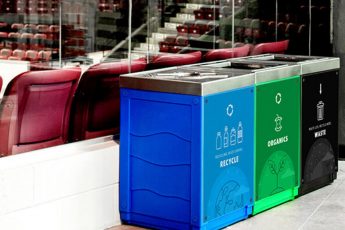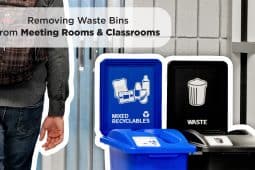The popularity of recycling has seen its ups and downs since the idea was sprouted many years ago. Although some give credit to the dinosaurs for starting the recycling trend by decomposing to produce various oils and gasses, we`re going to stick to recycling milestones (good and bad) that won`t stretch the imagination too far.
From the first municipal dump program in 500 B.C. to a revolutionary idea in 2014 that could lead to plastics recycling themselves (actually not as outlandish as crediting dinosaurs for recycling), we`ve compiled a timeline of the most important events in recycling history.
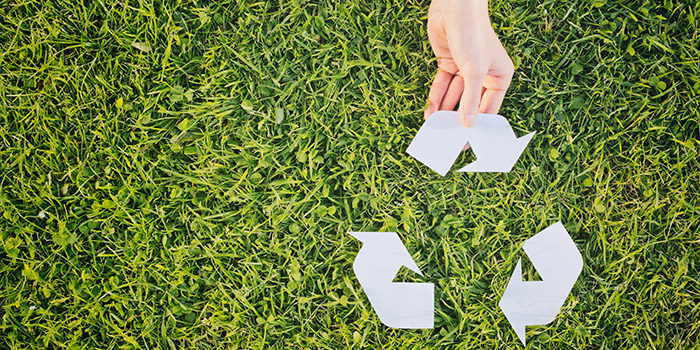
![]()
500 B.C.
Athens organizes the first municipal dump program in the western world. Local laws dictate that waste must be disposed of at least one mile from the city walls. And we think we have it rough today having to drag it out to the curb…
1031
Japan begins the first ever recorded reuse of waste paper. All of the documents and paper are recycled and re-pulped into new paper then sold in local Staples across the country. And by “Staples” we mean local mom and pop shops
1690
The recycled paper manufacturing process is introduced. The Rittenhouse Mill near Philadelphia will make paper from fiber derived from recycled cotton and linen rags
1776
As America declares its independence from the English, rebels turn to recycling to provide material to fight the War of Independence
1865
The Salvation Army is founded in London, England and begins collecting, sorting, and recycling unwanted goods. The Household Salvage Brigades employ the unskilled poor to recover discarded materials. The organization and its program migrated to the United States in the 1890’s
1897
New York City creates a materials recovery facility where trash is sorted at “picking yards” and separated into various grades of paper, metals, and carpet. Burlap bags, twine, rubber, and even horse hair are also sorted for recycling and reuse
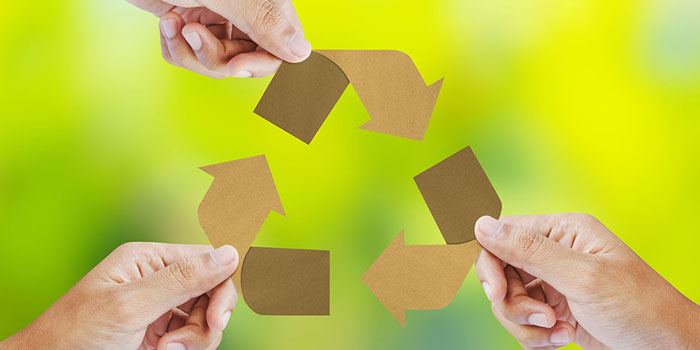
![]()
1900’s
Recycling advocates and reuse programs embrace the phrase “Waste as Wealth” to describe the revenue to be earned from sorting and reselling items found in household trash
1904
The first American aluminum can recycling plants open in Chicago and Cleveland
1916 to 1918
Due to massive shortages of raw materials during World War I, the Federal government creates the Waste Reclamation Service with the motto “Don’t Waste Waste – Save It.”
1930’s
Many people survive the Great Depression by peddling scraps of metal, rags and other items
1940
Goods such as nylon, rubber and many metals are rationed and recycled to help support the war effort
1955
The August 1st issue of Life magazine offers a two-page article on “Throwaway Living.” Consumers are progressively sold on the idea that single-use items are a necessity of the modern lifestyle. Ease and convenience become the two most desirable qualities in product marketing, inevitably leading to parks, forests, and highways becoming littered with garbage

![]()
1964
The all-aluminum can is introduced. Recognizing the value of used aluminum cans as a raw material for making new cans, the aluminum industry will soon begin creating a massive system for recycling and redeeming used beverage containers. U.S. collection grows from 1.2 billion cans in 1972 to more than 62 billion cans in 1995 through curbside recycling programs and more than 10,000 recycling centers
1965 to 1970
The Mobius Loop is introduced as the symbol for Reduce, Reuse, Recycle. In the form of a Mobius strip, the symbol was designed by Gary Anderson after a Chicago-based recycled-container company sponsored an art contest to raise environmental awareness
1970
The first Earth Day brings national attention to the problem of increasing waste and the importance of recycling. Earth Day was founded in the U.S by U.S Senator Gaylord Nelson and globally by entrepreneur John McConnell. Now, Earth Day is supported by over 192 countries on April 22nd. Every year over 1,000,000,000 people and almost every school-aged child takes part in annual Earth Day celebrations to promote conserving our environment by protecting, recycling, cleaning and innovating.
1971
The first “Bottle Bill” is born: Oregon introduces a refundable deposit (a nickel) on beer and soda bottles as an incentive to recycle. Canadian Government established the Department of Environment, commonly referred to as Environment Canada
1972
The first recycling mill is built in Conshohocken, Pennsylvania
Beverage container recycling regulations were first introduced province-wide in Alberta, Canada
1974
University City, MO becomes one of the first municipalities in the country to offer curbside recycling to its residents
Non-profit organization “Is Five” organizes Canada’s first multi-material curbside pickup in The Beaches neighbourhood located on the east side of Toronto which encompassed 80,000 households
1976
The federal Resource Conservation and Recovery Act is enacted to close open dumps, create standards for landfills, incinerators and the disposal of hazardous waste
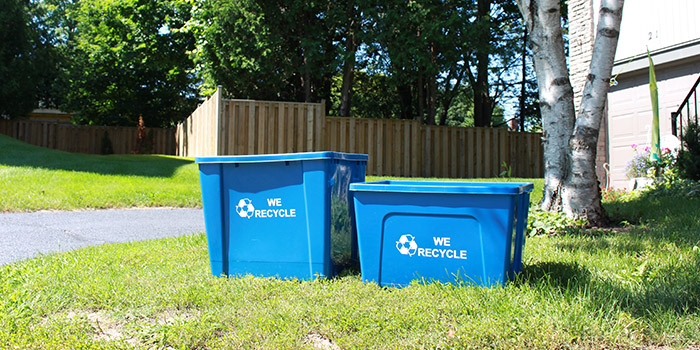
![]()
1981
Woodbury, New Jersey becomes the first city in the US to mandate recycling
1983
The first Canadian “blue box” curbside recycling project is implemented in Kitchener/Waterloo with 1,500 residents participating
1986
A second municipal blue box recycling program was started in Mississauga, Ontario. It is considered to be the largest recycling initiative in North America
1987
A garbage-laden barge called The Mobro cruised up and down the East Coast of the U.S. looking for a place to unload. This sparked a public discussion about waste management and served as a catalyst for the country’s growing recycling movement
1988
The number of curbside recycling programs in the US increases to about 1,050
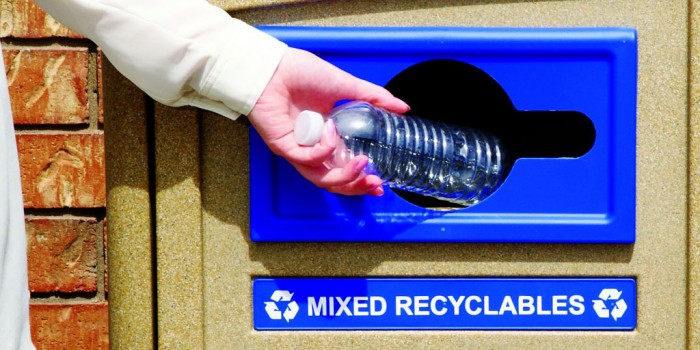
![]()
1990
McDonald’s stops using Styrofoam containers. The 20th-anniversary theme for Earth Day is recycling
1991
Germany made history when it passed an ordinance shifting responsibility for the entire life cycle of packaging to producers
1992
Total number of curbside programs in the US grows to a total of 5,404, a growth of 4354 programs in only 4 years!
1995
Americans recycle a record 47.6 billion soft drink containers, an increase of 500 million over the previous year. Aluminum cans are recycled at a rate of 63% in the U.S. with the highest state-wide rate in California at 80%.
There are more than 10,000 recycling centers nationwide and at least 4,000 curbside collection programs.
1996
The U.S. recycles at a rate of 25 percent; EPA sets a new goal of 35 percent. Meanwhile in Germany, Elopak and SINTEF team up to sell the first infra-red sorting machine

![]()
2000
The EPA confirms a link between global warming and waste, showing that reducing our garbage and recycling cut down greenhouse gas emissions
2006
Dell Computer begins offering a free recycling service for their products—no additional purchases required—sparking the movement of e-waste recycling
2007
Five states pass laws requiring that unwanted electronics be recycled. San Francisco becomes the first U.S. city to prohibit the distribution of plastic bags by grocery stores

![]()
2012
More than 585 million pounds of consumer electronics are recycled—an increase of 125 million pounds (more than 25 percent) over 2011
2014
A new class of industrial polymers discovered by researchers from IBM may revolutionize materials technology. The newly-discovered materials are exceptionally strong and light, and could find use in a wide variety of applications.
One of the most remarkable properties of one of these new materials is the ability to repair itself. When pieces are severed apart, and then placed in close proximity to each other, the segments begin to “self-heal,” reforming molecular bonds within a matter of seconds.
Scientists believe this may be the ultimate answer to drastically reducing waste. We believe that, although excited at the idea, we`ll believe it when we see it!
2015
California enacts the first ever state-wide ban on plastic bags in grocery and convenience stores.
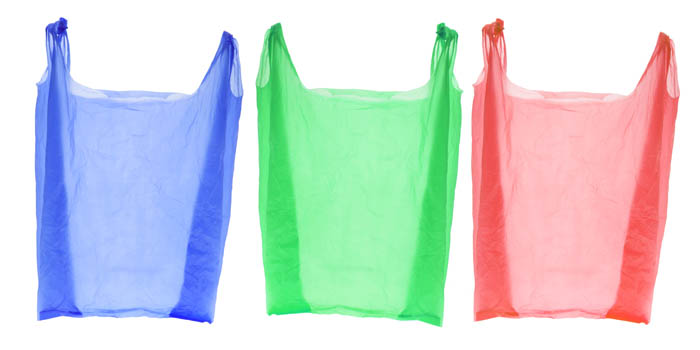
![]()
References
http://www.motorcityfreegeek.net/index.php?option=com_content&view=article&id=69&Itemid=78
http://www.forbes.com/sites/garyshapiro/2013/07/25/whats-new-innovation-in-tech-recycling/
http://www.epa.gov/waste/conserve/tools/localgov/economics/collection.htm
http://www.economist.com/node/9249262
http://www.cochraneeagle.com/article/20150305/COE0902/303059996/0/coe05
http://www.ucitymo.org/index.aspx?NID=260
http://en.wikipedia.org/wiki/Blue_box_recycling_system
http://www.all-recycling-facts.com/history-of-recycling.html



